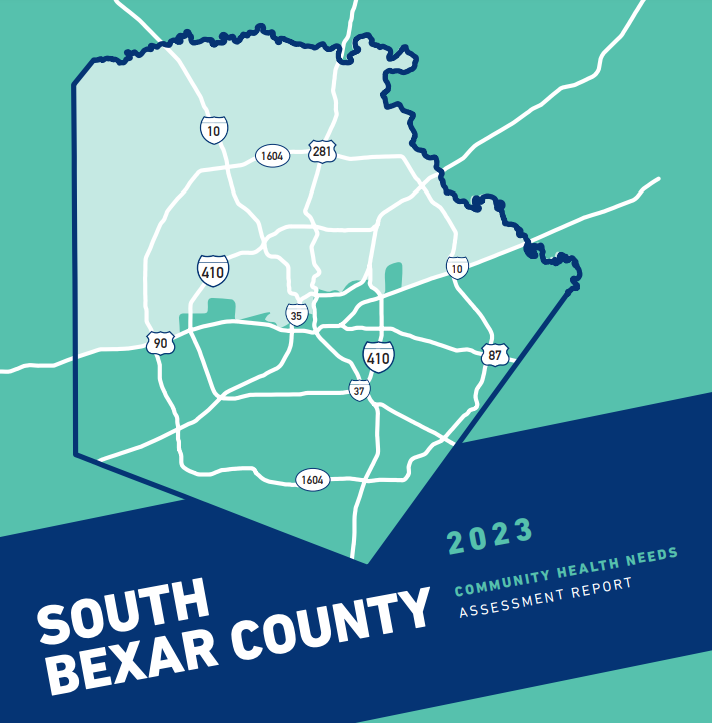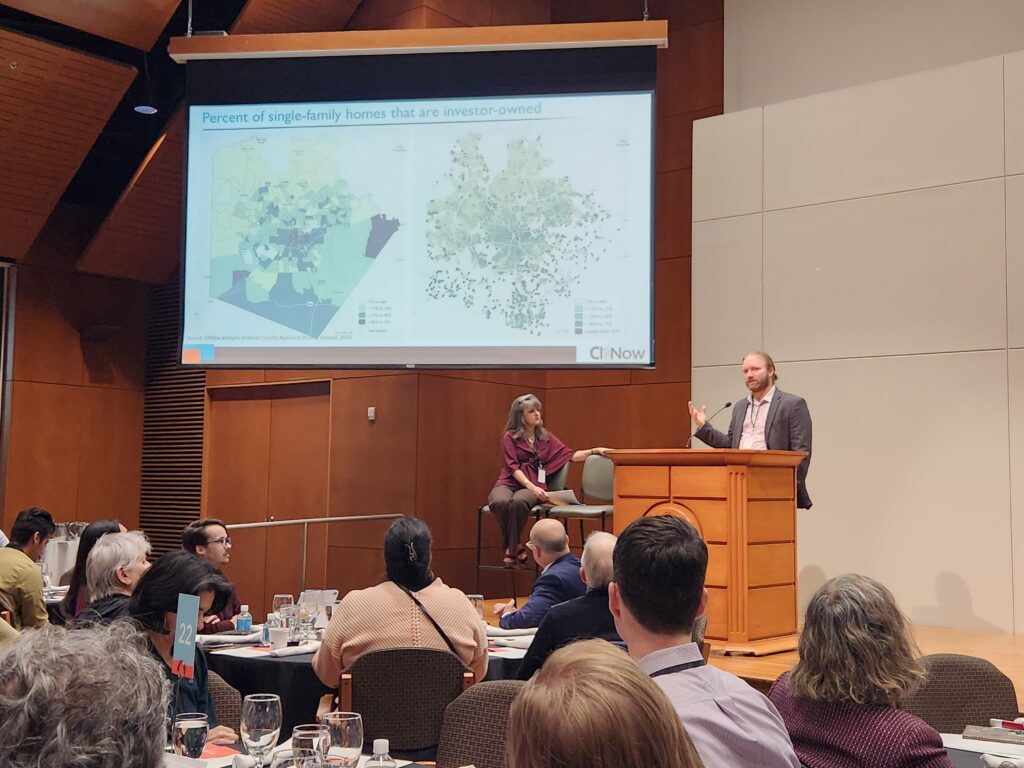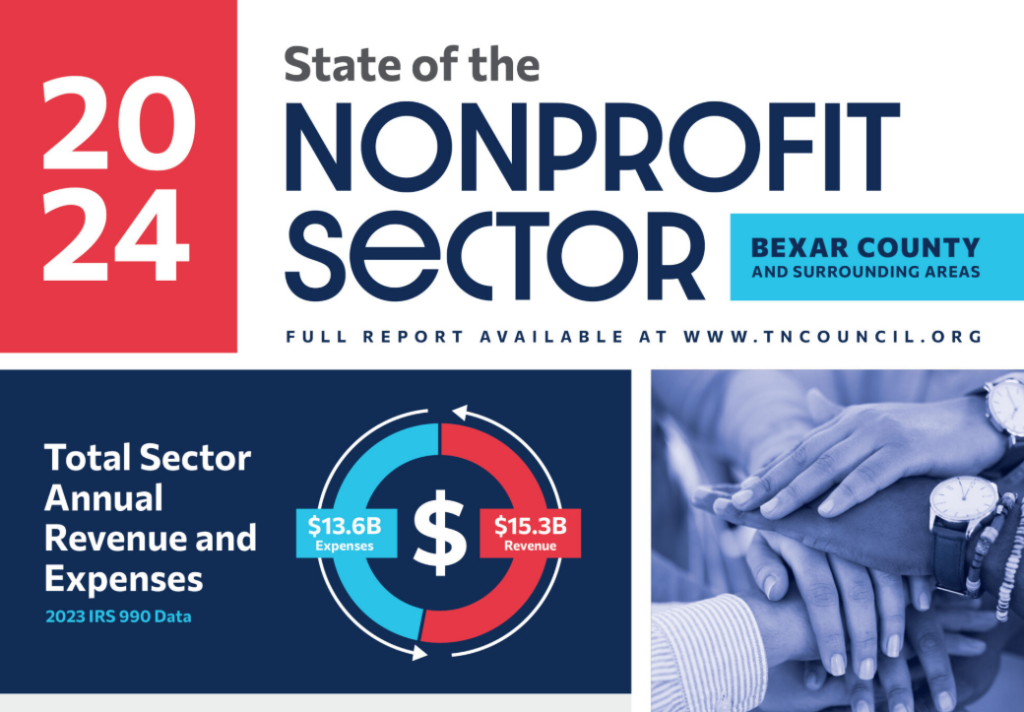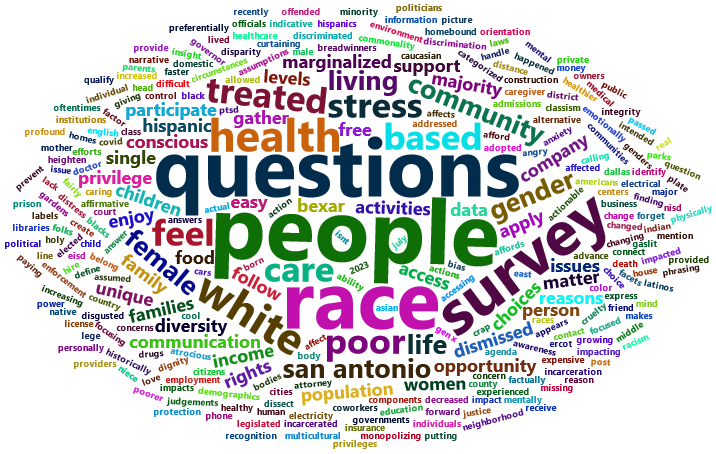The Institute for Public Health (IPH) at University Health, the local hospital district, partnered with CINow to assess the living conditions, health behaviors, health outcomes, and needs of residents living in South Bexar County. The first health assessment to focus solely on South Bexar County, the report includes:
- trended and disaggregated data for about 120 indicators drawn from 22 data sources;
- information gathered by IPH on a wide array of area assets (e.g., health facilities and libraries, schools and churches) that can support health and well-being;
- and key themes and illustrative quotes emerging from focus groups organized by the IPH and facilitated by CINow.
To ensure that their new programs and services are culturally appropriate, community-based and data-driven, University Health set forth to understand the needs and listen to the voices of residents living in the southern half of Bexar County. With the support of Congressman Joaquin Castro and the United States Health Resources and Services Administration (Grant number 22GE1HS45833), the University Health Institute for Public Health led this community health needs assessment (CHNA) with the vision that it would be the most comprehensive analysis of South Bexar County ever conducted.
Selected data patterns and trends:
Several important patterns and themes emerged from the assessment, as shown below. For the full scope of findings, be sure to read the full report using the link at the bottom of this page.
- South Bexar County is more heavily Hispanic and less racially diverse than Bexar County overall, but the proportion of the population that is Black or African American is similar to the county overall.
- The age breakdown is similar to the county as a whole, though it varies within South Bexar County.
- Compared to the county overall, a higher proportion of South Bexar households are multigenerational.
- The population is growing, but not as fast as the county population overall.
- The percentage of people aged five and older who have limited English proficiency is 39% higher than in Bexar County overall, but the Bexar and South Bexar percentage of population who are U.S. citizens by birth or naturalization are virtually identical.
- Population density across South Bexar County varies dramatically, ranging from fewer than 860 per square mile to six times that many.
- The poverty rate is high in comparison to the county, state, and nation, especially among children and youth.
- Nearly 4 in 10 households are working but have limited financial assets and struggle to stretch their incomes to cover basic expenses.
- As in Bexar County overall, about half of renter households and one-fifth of owner households are considered housing cost-burdened, but South Bexar County households are a bit more likely than county households to own their own homes.
- Pre-kindergarten participation rates are as high in South Bexar as in the county overall, but South Bexar primary and secondary school students are more likely to be chronically absent from school.
- The high school graduation rate is about the same as the county overall, but across the whole of the population aged 25 and over, the proportion of people without a high school diploma or GED is nearly twice that in Bexar County overall.
- One in six renter households lacks access to a vehicle, and many areas lack access to public transportation.
- Fewer South Bexar residents have health insurance, and fewer households have broadband internet.
- South Bexar County has scarcer resources and services to support health, with lower food access, less accredited childcare capacity, and fewer health care providers.
- Although relatively small, the differences begin early in life. South Bexar County births are less likely to be to mothers who received first-trimester prenatal care and more likely to be premature or low birth weight.
- South Bexar kindergartners are more likely to be assessed as vulnerable in physical health, though not in emotional maturity or social competence.
- Compared to county school districts overall, a greater proportion of kindergartners and seventh graders in South Bexar County school districts have received DTP/DTaP/DT/Td vaccination.
- However, South Bexar residents are less likely to have been vaccinated against COVID-19 and were more likely to be hospitalized for and to die from COVID-19 in 2020 and 2021, although the mortality gap closed in 2022.
- In most age groups, hospitalization rates among residents of South Bexar ZIP codes are equal to or higher than those among county residents overall for asthma, cerebrovascular disease, hypertension, and especially diabetes.
- Although South Bexar County hospitalizations for mental illness and for injury and poisoning (which includes drug overdose) are lower than the county, the South Bexar rates are nearly as high as those for diabetes (all ages).
- South Bexar shoulders a higher rate of pedestrian serious injury and death, as well as higher rates of motor vehicle crash injury and death, particularly for crashes where alcohol, drugs or vehicle speed were a cause.
- South Bexar rates are 30% to 50% higher than county rates overall for family violence, reported child abuse or neglect, homicide and manslaughter, and violent crime overall, but the rate for sexual assault mirrors the county rate.
- Age-adjusted rates were not available, but the crude death rate for South Bexar County is about 22% higher than the county rate overall.
- Small-area (sub-county) data that is both current and trustworthy is generally lacking for a number of important issues as diverse as transportation barriers, environmental health hazards, disabled-accessible housing, diabetes prevalence, depression and anxiety prevalence, and maternal death.
- Because so much data comes from surveys, data is also lacking for smaller population groups in South Bexar County, including American Indians or Alaska Natives, Asians, Native Hawaiian or Other Pacific Islanders and people who identify as being of more than one race and/or as of racial group not offered as an option in the survey.
- Finally, as described in more detail in Appendix C: Technical Notes and Reference Maps, analysis of demographic and geographic disparities was challenged by the need to protect privacy by suppressing or masking small numbers that could identify individual people. When the data is already for a small area like a census tract or ZIP code and is further broken out by demographics like race/ethnicity or age group, disaggregated totals become quite small and are suppressed by the data source. Examples include the number of births to teens ages 15 to 19 in ZIP code 78211, or number of deaths for Black or African American women in ZIP code 78210.



